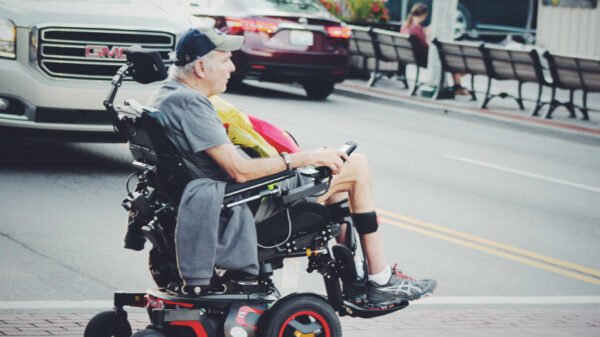Intergenerational Living and Community Spaces: A Return to Connected Living
In today’s fast-paced, increasingly individualistic society, a quiet revolution is taking place—intergenerational living and community-based housing are making a powerful comeback. Whether in multigenerational family homes or modern co-housing arrangements, people are rediscovering the value of shared spaces that foster emotional support, financial resilience, and meaningful relationships.
The Growing Popularity of Intergenerational Living
Driven by rising housing costs, shifting cultural values, and an aging population, intergenerational living is on the rise across many countries. These arrangements typically involve two or more generations—grandparents, parents, and children—living under one roof or in close proximity, allowing for greater connection and mutual care.
Economic Benefits of Shared Housing
One of the most immediate advantages of intergenerational living is financial stability. Pooling resources reduces individual expenses on rent, utilities, childcare, and eldercare. This model also allows younger generations to save for homeownership or education, while retirees enjoy a more affordable lifestyle with support built into their environment.
Community Spaces and Modern Co-Housing
Alongside family-based setups, intentional co-housing communities are gaining momentum. These modern neighborhoods consist of private homes clustered around shared spaces such as gardens, kitchens, and recreation rooms. Residents often share responsibilities and social events, blending independence with a strong sense of community.
Reviving Traditional Living Models
Many cultures have long valued extended family living as the norm, offering wisdom-sharing, emotional closeness, and reciprocal caregiving. The West, particularly urban areas, is now returning to this model, motivated by a renewed appreciation for collective resilience and relational wealth.
Combating Loneliness and Isolation
As loneliness becomes a growing mental health concern, intergenerational living offers a powerful antidote. Living in shared spaces enables daily human interaction, cross-generational companionship, and emotional safety nets—factors that contribute to improved mental and emotional well-being.
Caregiving Across Generations
In multigenerational homes, caregiving flows in both directions. Grandparents assist with childcare, while adult children support aging parents. This mutual aid strengthens family bonds and reduces the need for external services, creating a sustainable caregiving ecosystem within the household.
Designing Homes for All Ages
Architects and developers are now building homes and communities specifically for multigenerational use. Features include private suites, adaptable floor plans, accessible bathrooms, and shared outdoor spaces—designed to accommodate different needs and promote both privacy and togetherness.
The Rise of “Pocket Neighborhoods”
An emerging urban planning trend, pocket neighborhoods feature clusters of small homes with shared courtyards or gardens. They cater to individuals seeking downsized living in tight-knit communities, offering the benefits of collective living without sacrificing autonomy.
Intergenerational Learning and Mentorship
In shared living arrangements, skills and knowledge are passed organically between generations. Children benefit from elder wisdom, while older adults engage with fresh perspectives and evolving technologies—creating a dynamic learning environment rooted in experience and curiosity.
Emotional Resilience Through Belonging
Living in community fosters a deep sense of belonging and emotional security. Residents feel seen and supported, knowing they are part of a group that values connection over convenience. This reduces stress, anxiety, and the burden of facing life’s challenges alone.
Shared Responsibility and Sustainability
Community living also promotes sustainability. Shared resources like laundry facilities, carpooling, and gardens reduce environmental footprints. Additionally, the collaborative approach to household tasks instills a stronger sense of civic duty and mutual accountability.
Challenges and Conflict Resolution
While the benefits are plentiful, shared living also comes with challenges, such as differing routines, privacy concerns, and generational misunderstandings. Successful communities address these through clear communication, conflict resolution practices, and democratic decision-making.
Policy Support and Urban Integration
Governments and urban planners are beginning to recognize the value of intergenerational living. Incentives for multi-family zoning, community land trusts, and co-housing developments are encouraging more people to explore shared housing options.
A Shift Toward Collective Well-being
At its core, the rise of intergenerational and community-based living reflects a broader cultural shift toward collective well-being over individual isolation. It’s about weaving support, shared purpose, and human connection back into the fabric of daily life—something that modern society is increasingly craving.
Looking Ahead: The Future of Home
As the movement grows, intergenerational and community spaces may redefine the very concept of home. No longer just a private retreat, the home of the future may be a hub of connection, care, and community, reflecting a deeper understanding of what it means to live well—together.




































